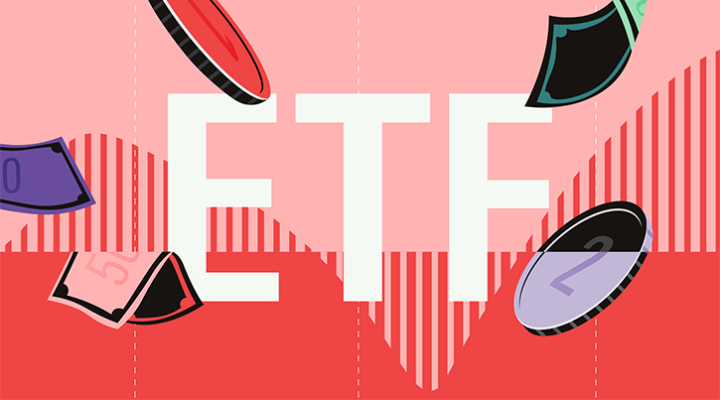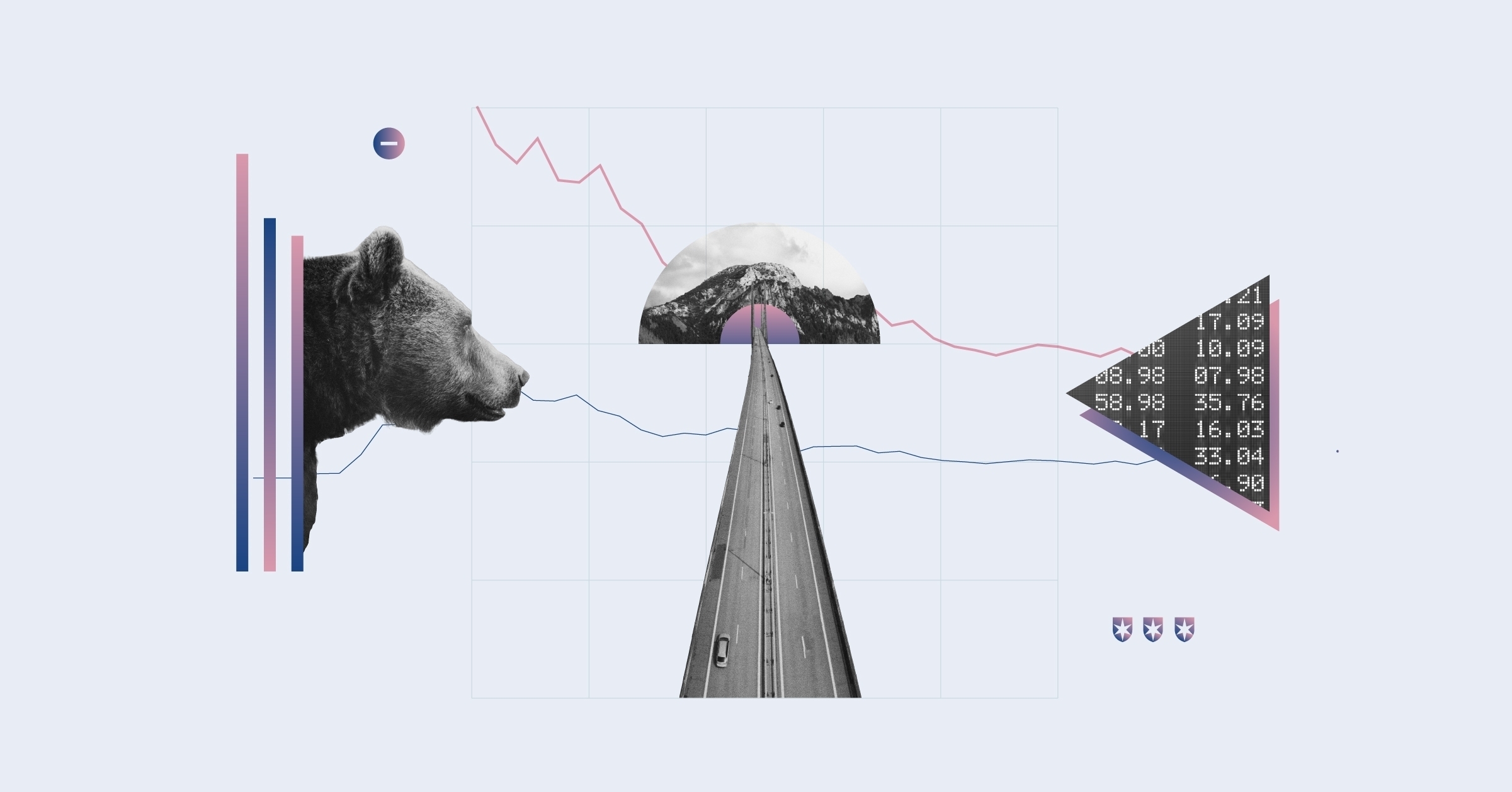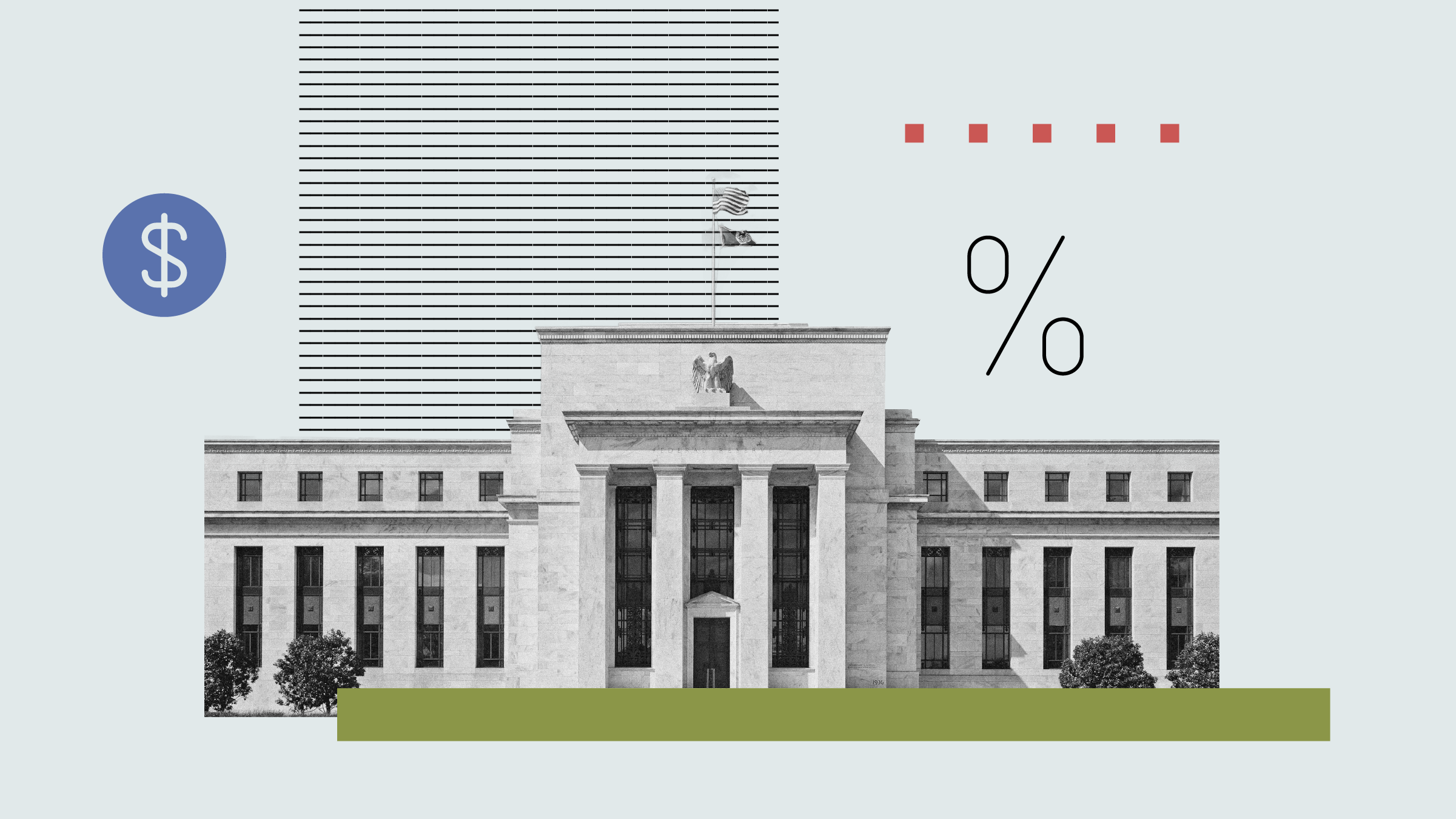We have considered the technology sector to be either fairly valued or slightly overvalued for the better part of the past 18 months, whereas the communication-services sector has, until only recently, been considered undervalued. However, within each subsector, there are pockets of value for patient investors. In particular, we believe that the international telecom and domestic cell tower industries offer more appealing valuations. In the table below, we highlight a few of our top picks, including two from the telecom sector.
Taking a step back, with the tech and communications sectors trading at or above fair value, we would prefer a wider margin of safety and are quick to gravitate toward firms with established economic moats, which might be in a better relative position to withstand near-term revenue and operating margin volatility.
Big Data has become a household phrase, as the quantity of data has exploded as a result of new sources such as machine data, quantifiable sensors, blogs, and Web applications. We continue to believe that this global secular theme will play out, with new software technologies, cheaper memory, and cheaper processing allowing for broader application of statistical models to drive decision-making. We view this evolution as necessary, since “old” technologies (such as traditional data warehousing) are not able to tackle many of these new opportunities in cost-effective ways.
However, despite this innovation, legacy systems for organizing and analysing operational data are unlikely to be replaced. This is not a winner-take-all scenario, and instead we see many of the entrenched tech conglomerates actively investing in their own leading-edge products and services to drive switching costs higher and generate incremental revenue.
Advertisers’ appetites for measurability and quantification of advertising effectiveness will lead to a rapid expansion in programmatic advertising sold by algorithms instead of salespeople. As Internet companies pursue growth, we expect increased M&A activity and geographical expansion, particularly beyond the mature markets of the United States and the United Kingdom. Companies will invest heavily in optimizing their advertising products and content for mobile devices.
The success and growth of Google (GOOG) contrasted with the anaemic revenue growth of former Web darling Yahoo (YHOO) reveals two key requirements by digital advertisers: accountability and measurability. We believe an increasing amount of display advertising will be sold programmatically, reinforcing what we believe to be key assets in forming or protecting an economic moat. First of all, companies that have unique customer insights will be able to sell more advertising, in our view.
Secondly, firms that can provide superior execution and liquidity for programmatic advertising will see solid growth, although, the sustainability of this growth is not likely to be obvious or defensible. The Internet market is maturing in developed markets because of increased broadband and smartphone penetration as well as advanced digital advertising markets. We expect companies to look beyond the U.S. and U.K. for growth, both organically and inorganically.






























